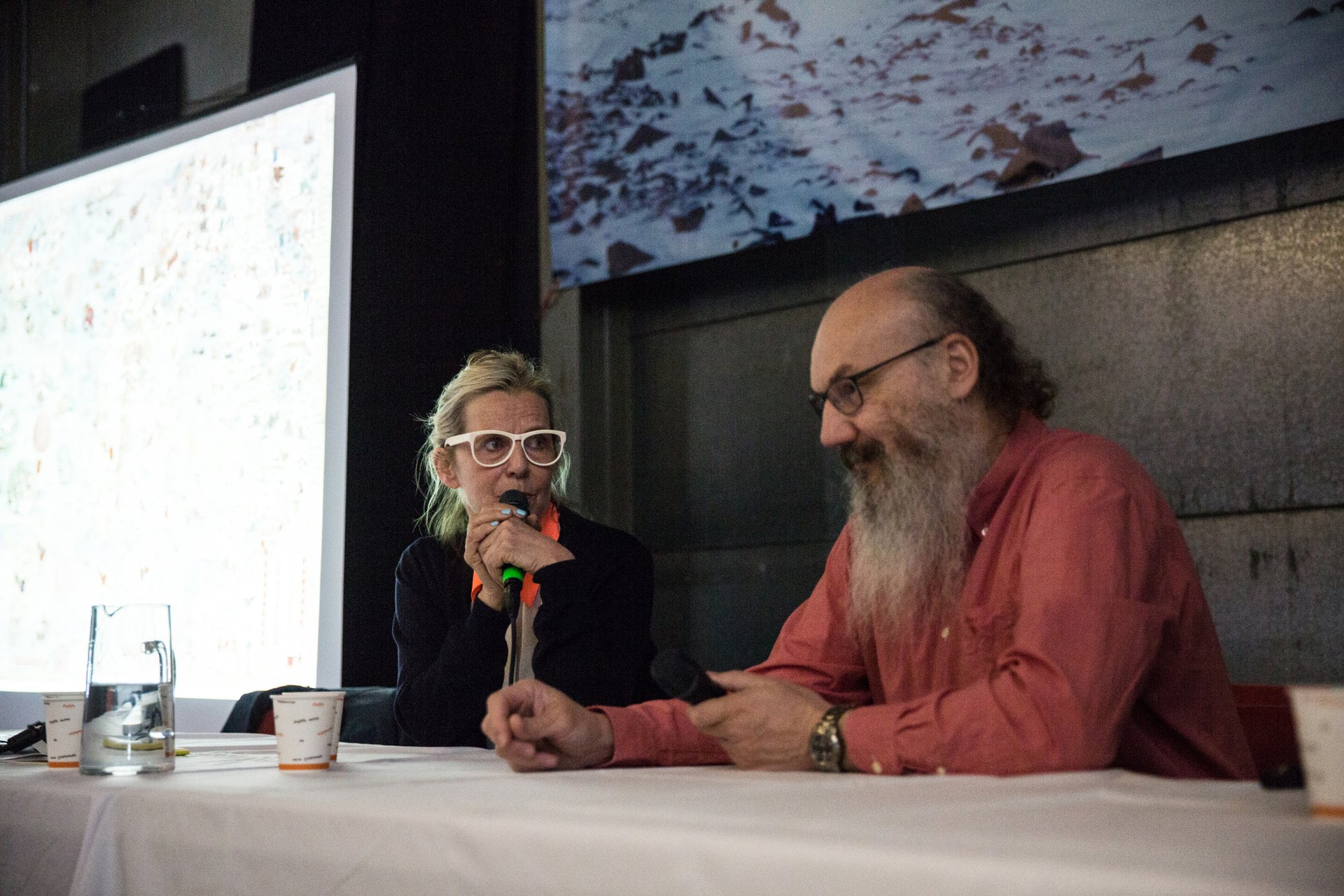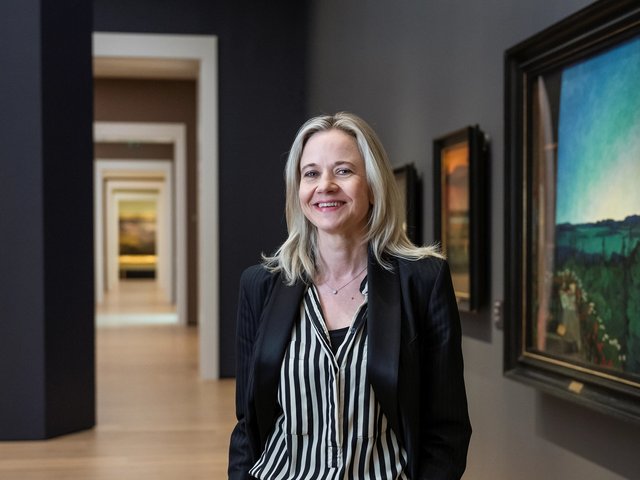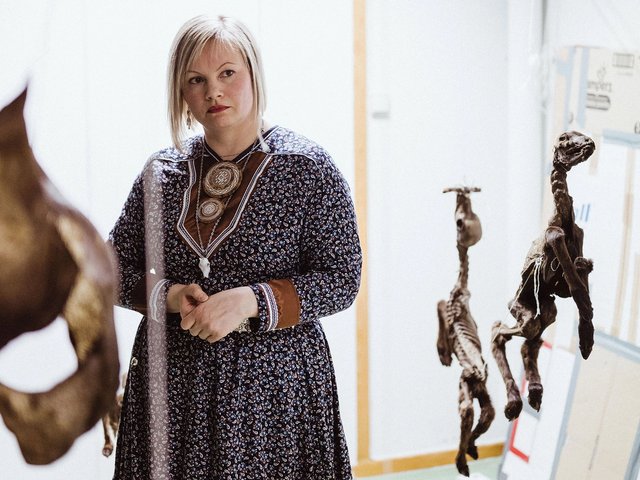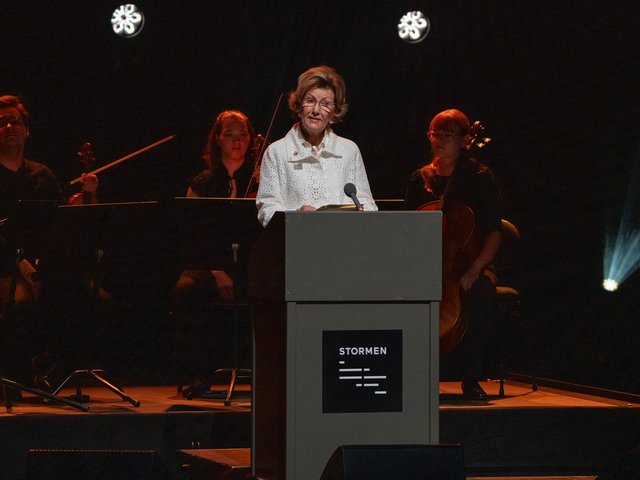In the Arctic ocean, halfway between Norway and the North Pole, lies an archipelago of four islands called Svalbard, which is home to more polar bears than people. The remote glacial landscape might seem like an unlikely place to grow a contemporary art scene, but on 12 June the Norwegian ministry of culture announced it is launching an art foundation and artist residency in the capital of Longyearbyen, the world’s northernmost town, where the sun never sets during summer.
There are plans to invite between three and five artists from Norway and abroad to take part every year, as well as foster exchanges with international institutions. The residencies are intended to be “experimental”, says Katya García-Antón, the director of the Office of Contemporary Art Norway (OCA), one of the partner organisations of the project. “Artists won’t be expected to turn up, make a work and leave. There’s a strong wish that things become more rooted,” she says.
The ministry of culture is contributing 2m Kroner a year towards running costs. Other partners include Tromso’s Northern Norway Art Museum (NNKM), which opened a small kunsthall-style space on Svalbard in February 2015, and the Queen Sonja Print Award.
Establishing the Art in Svalbard Foundation and its residency is part of a new government strategy to promote culture in a shift away from coal mining, which has been the backbone of Svalbard’s economy for decades but is now facing bankruptcy. “We might be on the edge of the world but we are at the centre of a geo-political debate, not just about climate change, fishing and natural resources, but also about the role of art, culture and the creative industries,” says the minister of culture, Linda Hofstad Helleland.
Svalbard’s status as a “shared zone” poses a unique set of problems for its 2,600 inhabitants. A 1920 treaty granted Norway sovereignty, but it also allows the other 42 signatories (including Afghanistan, North Korea, Russia and China) the rights for their citizens to live on Svalbard and for their nations to mine there. China recently declared itself a “near Arctic” state and has been stepping up scientific research in the region, while around 500 Russians have a foothold in the former mining town of Barentsburg, just south of Longyearbyen.
Borders, migration, sustainability and climate change were among the urgent topics discussed in Thinking at the Edge of the World, a conference that saw artists, curators, poets and marine biologists, among others, flock to Svalbard last weekend.

Among the highlights were a discussion between the New Mexico-based curator Candice Hopkins and the Sami writer and activist Niillas Somby on how “spirituality is more powerful than UN resolutions” in indigenous cultures, and a reading by the Sami poet Synnove Persen, who created a poignant poem for the conference, titled The Land Outside the Map. The so-called “Norwegianisation” of Sami people began in 1850 and their culture now faces destruction because of developing industries, climate change and a lack of legal rights.
The Norwegian artist Elin Már Oyen Vister organised a silent, meditative walk to Bjorndalen (the Bear Valley), where little auks wheeled and chattered overhead, although no polar bears were spotted (they rarely stray that close to civilisation). Meanwhile, Kim Holmén, the international director of the Norwegian Polar Bear Institute, led a five-hour boat trip to a glacier front, which included a rare encounter with a pair of blue whales—a sign that the mammals are slowly returning to Svalbard having been slaughtered in their tens of thousands.
Holmén also joined the Norwegian artist AK Dolven in a talk about her ongoing research of the Arctic cod. Dolven’s recordings of the fishes’ mating calls are now part of the sound archive at Humboldt University’s natural history museum in Berlin.
The biggest issues facing the planet today are indeed amplified on Svalbard; Katya García-Antón describes the archipelago as a “lightning conductor” for those concerns. However, Svalbard could also represent a solution, after all it is home to a seed vault containing the world’s most prized crops, preserving them in the event of catastrophe. As Holmén says: “Svalbard is a peace mission. We have scientists and artists from all over the world exchanging views and ideas, and Svalbard's role in that is more important than most realise."




